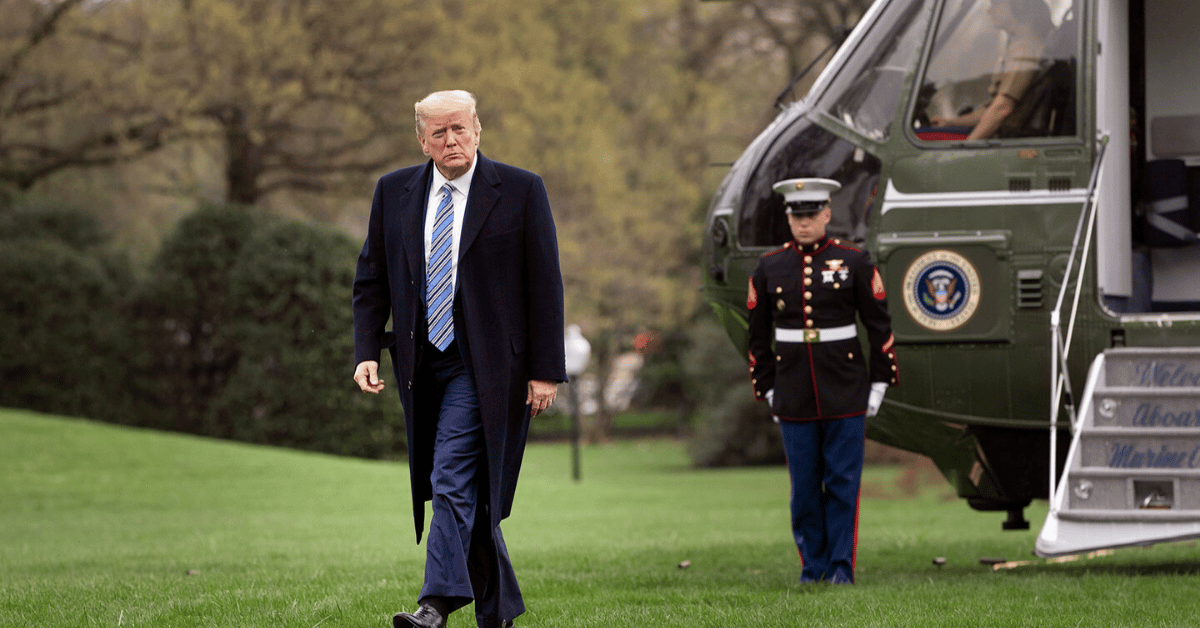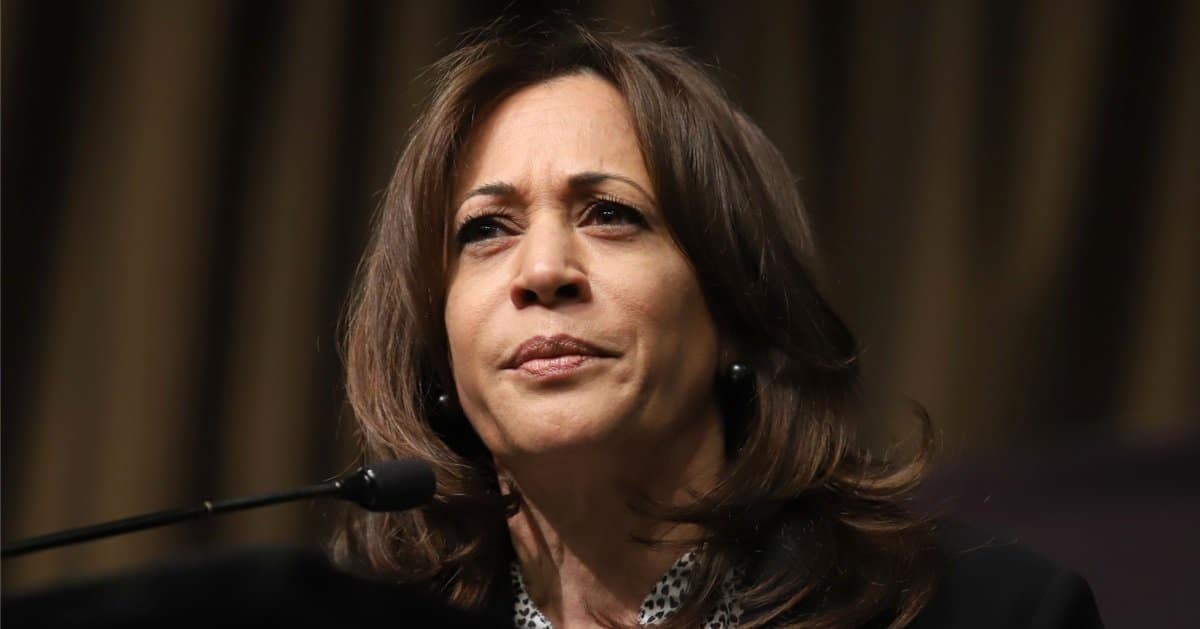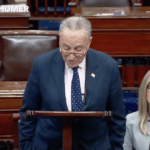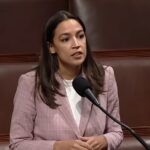

Portland, Oregon, is a city under siege, with nightly violence targeting federal facilities and local law enforcement stretched beyond its limits.
President Donald Trump has stepped in with a bold plan to deploy National Guard units to protect the city and Immigration and Customs Enforcement facilities from ongoing attacks by groups labeled as domestic terrorists, while local police grapple with understaffing and rising crime.
Fox News reported that ICE facilities in Portland have been facing relentless aggression for over 100 consecutive nights, confirmed by Camilla Wamsley, director of the city’s ICE office.
Protesters have unleashed chaos, launching bottle rockets at buildings, erecting barricades to trap vehicles, and even aiming lasers at officers’ eyes in a dangerous display of hostility.
Wamsley also revealed a troubling directive: Portland police have been instructed not to intervene during these violent episodes at ICE facilities, leaving federal officers to fend for themselves.
Recent nights have seen law enforcement forced to respond with smoke grenades and tear gas to disperse aggressive crowds outside ICE headquarters in south Portland, a stark reminder of the escalating tensions.
Trump’s announcement to send National Guard troops, at the request of Secretary of Homeland Security Kristi Noem, has drawn sharp reactions, with federal agents from Homeland Security and Border Patrol already on the ground during these nightly confrontations.
The president didn’t mince words, stating, “At the request of Secretary of Homeland Security, Kristi Noem, I am directing Secretary of War, Pete Hegseth, to provide all necessary Troops to protect war-ravaged Portland, and any of our ICE Facilities under siege from attack by Antifa, and other domestic terrorists.”
While Trump’s authorization of “Full Force, if necessary” may sound like a sledgehammer approach, it’s hard to argue that Portland’s current state—rife with violence and unchecked crime—doesn’t call for a firm hand, even if it ruffles the feathers of those pushing a softer, more progressive agenda.
Adding fuel to the fire, Sgt. Aaron Schmautz, president of the Portland Police Association, has sounded the alarm on the dire state of local law enforcement, describing the bureau as “horrifically understaffed.”
Crime stats paint a grim picture, with homicides spiking fivefold between 2020 and 2023, though Schmautz notes a slow decline recently, with nine recorded in the past month alone.
Schmautz also pointed out the hostile environment fostered by some city leaders, lamenting, “There is a lot, I mean, of just open, very, very anti-police rhetoric in our city council meetings.” (Sgt. Aaron Schmautz)
That kind of rhetoric isn’t just talk—it’s a gut punch to officers already struggling to keep the streets safe, and it raises the question: how can a city solve its crime crisis when its own leaders seem more interested in scoring ideological points than supporting law and order?
Schmautz’s plea for a collaborative approach is a breath of fresh air amid the chaos, as he urges all levels of government to identify the problem and work together, rather than digging in with stubborn yes-or-no stances on federal help.
Portland’s situation is a stark example of what happens when unchecked protests and anti-law enforcement sentiment collide with a genuine public safety crisis, and while federal intervention may not be the ideal solution for everyone, ignoring the problem isn’t an option either.



